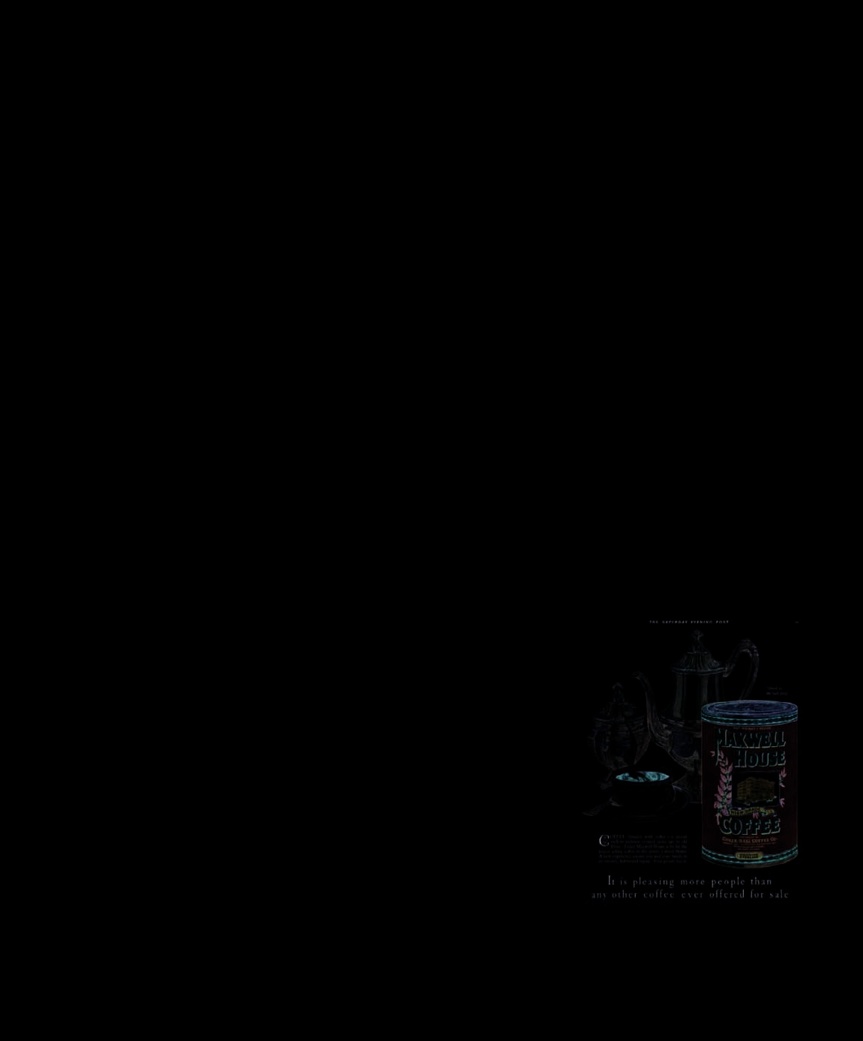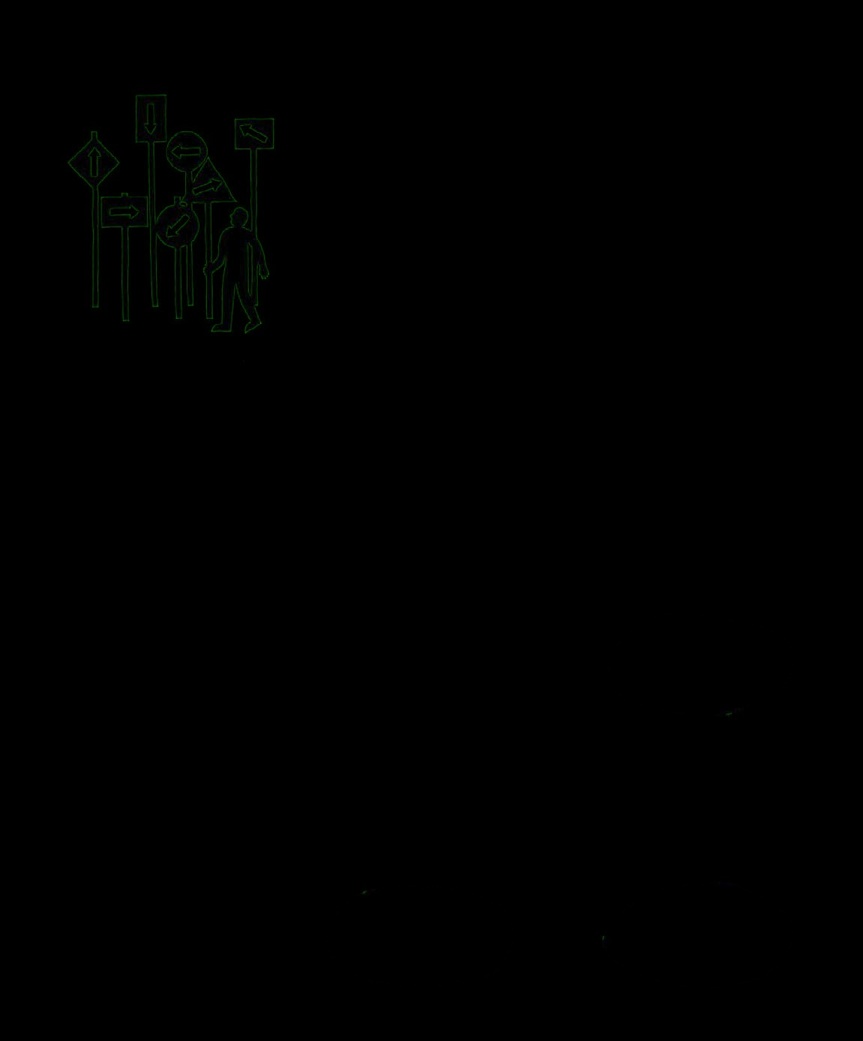The Psychology Book (23 page)
Read The Psychology Book Online
Authors: Unknown

Rosalie Rayner, he turned to a
mother was devoutly religious.
career in advertising while still
Watson became a rebellious and
publishing books on psychology.
violent teenager, but was a brilliant
After Rayner’s death in 1935
scholar, attending nearby Furman
aged 37, he became a recluse.
University at the age of 16.
After gaining a PhD from the
Key works
University of Chicago, he became
associate professor at Johns
1913
Psychology as the
Hopkins University, where his
Behaviorist Views It
1913 lecture became known as
1920
Conditioned Emotional
the “behaviorist manifesto.” He
Reactions
(with Rosalie Rayner)
worked briefly for the military
1924
Behaviorism

70 JOHN B. WATSON
conditioning as Pavlov had in his
conditioning. This was a new
mother’s distress, but according to
experiments with dogs. The child’s
finding, because previous stimulus–
Watson and Rayner’s own account,
natural response to the noise—fear
response experiments had focused
it occurred on a prearranged date.
and distress—had now become
on testing the learning of physical
associated with the rat. The child
behaviors. Watson had discovered
Infinitely malleable
had become conditioned to respond
that not only can human behavior
Watson’s career was abruptly
to the rat with fear. In terms of
be predicted—given certain stimuli
brought to an end shortly after the
classical conditioning, the rat was
and conditions—it can also be
Little Albert experiments when he
initially a neutral stimulus eliciting
controlled and modified. A further
was forced to resign his professorship
no particular response; the loud
check of Albert’s reactions to the
amid the scandal of his affair with
noise was an “unconditioned
rat, rabbit, and dog one month later
his researcher, Rosalie Rayner.
stimulus” (US) that elicited an
suggested that the effects of this
Despite the incompleteness of his
“unconditioned response” (UR) of
conditioning were long-lasting, but
research, Watson felt vindicated in
fear. After conditioning, the rat had
this could not be proven as Albert
his belief in behaviorism, and more
become a “conditioned stimulus”
was soon after removed from the
particularly the application
(CS), eliciting the “conditioned
hospital by his mother. It has been
of classical stimulus–response
response” (CR) of fear.
suggested that this was a sign of the
conditioning to humans. Perhaps
However, this conditioning
seemed to go deeper than simply a
fear of the white rat, and appeared
to be far from temporary. In order
Doctor
to test whether Albert’s fear had
“generalized,” or spread to other,
similar objects, he was reintroduced
to white furry things—including
a rabbit, a dog, and a sheepskin
coat—five days after the original
Judge
conditioning. Albert showed the
same distressed and fearful
response to these as to the rat.
In these experiments, Watson
demonstrated that human emotions
are susceptible to classical
I shall never be
satisfied until I have
a laboratory in which
Artist
I can bring up
children… under
constant observation.
Watson saw the child
Writer
as the ultimate “blank
John B. Watson
slate.” He claimed that
behaviorist principles
could be used to mold
children into any kind of
specialist, from artist to
doctor, regardless of nature.

BEHAVIORISM 71
because of his forced ejection from
The popularity of his books as
the academic world (into advertising,
childcare “bibles” meant that a
where he was hugely successful) he
whole generation was affected by
developed a tendency to overstate
what can now be seen as a
the scope of his findings, and with
dysfunctional upbringing. Even
a natural gift for self-publicity
Watsonism has become
Watson’s own family suffered:
continued to publish books on
Rosalie eventually saw the flaws
gospel and catechism in the
the subject of psychology.
in her husband’s child-rearing
nurseries and drawing
Not content, for example, to
theories and wrote a critical article
rooms of America.
claim that it is possible to condition
for
Parents’ Magazine
entitled “I
Mortimer Adler
emotional responses, he boasted
Am the Mother of a Behaviorist’s
that on the same principle it would
Sons,” and Watson’s granddaughter,
be possible to control or modify
the actor Mariette Hartley, gave an
almost any aspect of human
account of her disturbed family
behavior, no matter how complex.
background in her autobiographical
Just as Little Albert had been
book
Breaking the Silence
.
conditioned to fear certain white
Alternative approaches to
furry objects against his natural
it is easy to see that his approach,
childcare soon appeared, even
inclination, Watson believed that
based on extreme emotional
among committed behaviorists.
“Anyone, regardless of their nature,
detachment, was at best misguided
While accepting the basic principle
can be trained to be anything.”
and potentially damaging, but his
of conditioning established by
He even boasted in his 1924 book
methods were adopted by millions
Watson (despite the dubious ethics
Behaviorism
: “Give me a dozen
of parents, including Watson and
of the Little Albert experiment),
healthy infants, well-formed, and my
Rosalie Rayner themselves.
and using that as a starting point
own specified world to bring them
The child, Watson believed, is
for his own “radical behaviorism,”
up in and I’ll guarantee to take any
shaped by its environment, and
the psychologist B.F. Skinner was
one at random and train him to
that environment is controlled by
to apply behaviorism to the
become any type of specialist I
the parents. In essence, he saw
business of childcare in a much
might select—doctor, lawyer, artist,
child-raising as an objective exercise
more benign (if eccentric) manner. ■
merchant-chief, and, yes, even
in behavior modification, especially
beggar-man and thief, regardless of
of the emotions of fear, rage, and
his talents, penchants, tendencies,
love. Perhaps understandably, given
abilities, vocations, and race of his
his own unhappy childhood, he
ancestors.” In the “nature versus
dismissed affection as sentimental,
nurture” debate, Watson was firmly
leading to over-dependence of the
on the side of nurture.
child on the parent. But he also
advised against the opposite
Unemotional parenting
emotional extreme and was an
Unable to continue his university
opponent of physical punishment.
research, Watson popularized his
Watson’s questionable application
ideas on behaviorism by turning
of stimulus–response conditioning
his attention to the business of
to childcare eventually drew
childcare. It was in this that his
criticism. Later generations viewed
views proved to be most publicly
the approach as manipulative and
influential, and eventually most
uncaring, with an emphasis on
controversial. Predictably, he
efficiency and results rather than
advocated a strictly behaviorist
on the wellbeing of the child. The
Watson applied his understanding
approach to bringing up children,
long-term damage to children
of human behavior to advertising in the
and throughout the 1920s and 30s
brought up according to Watson’s
1920s, demonstrating that people can
his many books on childcare became
behaviorist model became apparent
be influenced into buying products
immensely popular. In retrospect,
only gradually, but was significant.
through their image, not content.

72
THAT GREAT
GOD-GIVEN MAZE
WHICH IS OUR
HUMAN WORLD
EDWARD TOLMAN (1886–1959)
mental processes, including
IN CONTEXT
A
lthough considered one of
the leading figures of US
perception, cognition, and
behaviorist psychology,
motivation, which he had
APPROACH
Edward Tolman took a very
encountered while studying
Cognitive (“purposive”)
different approach from that of
Gestalt psychology in Germany.
behaviorism
Thorndike and Watson. He agreed
By bridging these two previously
BEFORE
with the basic methodology of
separate approaches, he developed
1890s
Ivan Pavlov’s
behaviorism—that psychology
a new theory about the role of
experiments with dogs
could only be studied by objective,
conditioning, and created what he
establish the theory of
scientific experiments—but was
called “purposive behaviorism,”
classical conditioning.
also interested in ideas about
now called cognitive behaviorism.
1920
John B. Watson conducts
behaviorist experiments on
humans, notably “Little Albert.”
As a rat explores a
…it builds up a
AFTER
maze…
“cognitive map”
of
1938
B.F. Skinner’s research
the area…
into operant conditioning uses
pigeons in place of rats, and
becomes more sophisticated.
Humans create a
1950s
Cognitive psychology
